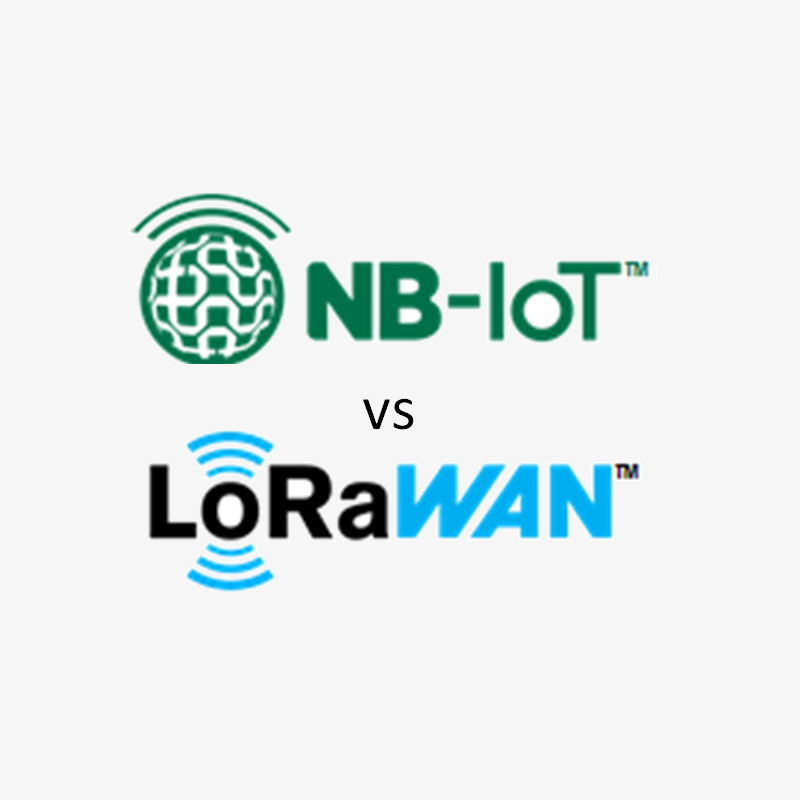Both NB-IoT and LoRaWAN are next-generation LPWAN (Low Power Wide Area Network), specifically designed to provide connectivity in the IoT (Internet of Things) world. For open outdoor environments, such as public lighting, they currently represent the best option on the market. However, there are significant differences between the two of them.
NB-IoT connectivity must be provided by a cellular network operator, and it uses exclusive frequency bands, in which no one else can transmit signals. Naturally, this comes at a cost, as each Node must include a SIM card (physical or virtual) with an associated NB-IoT data plan, for which a monthly or annual subscription fee must be paid. Each card has an IP address, which is the most widespread addressing system worldwide. NB-IoT does not require any intermedium Hub/Gateway since luminaire controllers communicate directly with the operator's NB-IoT network.
If LoRaWAN is chosen, on the other hand, we will use free frequency bands, the use of which does not involve a direct cost. However, the client must install and maintain its own private network infrastructure (Network Concentrators, Gateways and Network Servers) which naturally entails a cost that must be considered. Furthermore, using free frequencies has its risks, since anyone can transmit on them as no authorization is required. Therefore, the chance of suffering interferences or reaching spectrum saturation situations exists, as IoT applications become popular and spread. For these reasons, the quality of service that NB-IoT can offer is superior to LoRaWAN. This circumstance must be taken into consideration when planning a very long-term investment (+10 years) such as the renovation of a municipality public lighting infrastructure.
